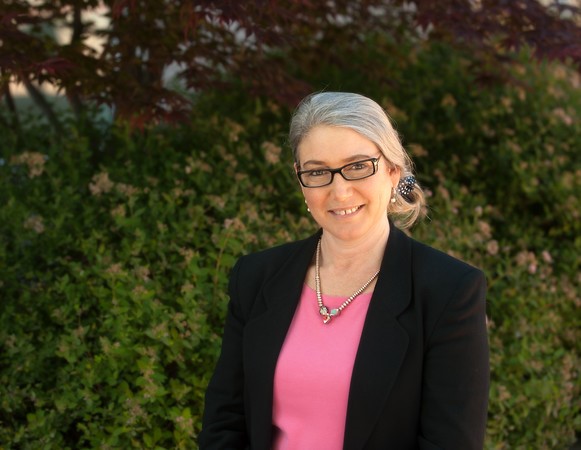 When she first broaches the topic of “white privilege” in her educational leadership classes, Sousan Arafeh braces for some tension in the room.
When she first broaches the topic of “white privilege” in her educational leadership classes, Sousan Arafeh braces for some tension in the room.
“Some people get a little uncomfortable initially,” she said. “The concern has to do with their emotional safety. They think, ‘Am I going to be exposed as x, y or z – insensitive, foolish, racist?’ That is an understandable sentiment.”
She assures her students — most of them white and already working as teachers or school administrators — that the exercise isn’t about assigning blame or making anyone feel guilty about their “whiteness.” She said it’s about helping them understand any implicit biases they may have – as well as how their own experiences and perceptions can differ from those of other races and cultures — so they can be better leaders.
Arafeh, associate professor of educational leadership and policy studies, included the topics as part of her “Leadership Development” course, which focuses on organizational/interpersonal communications and is targeted to aspiring school principals and department heads seeking Connecticut Intermediate Administrator Certification.
She said the discussion is particularly crucial in Connecticut, where classrooms are becoming more diverse; minority teachers are in short supply; urban schools remain racially isolated and a staggering achievement gap exists between white and minority students.
“It’s really important to me that my students understand this landscape in an objective, critical way, but also in a very personal and empathic way — a sensitive way,” she said.
Implicit biases are unconscious stereotypes that can shape how people behave and make decisions, even if those decisions are not intentionally discriminatory. In classrooms, Arafeh said, implicit bias can lead to lowered expectations for minority students, harsher discipline, or misunderstandings. She added that these can lead to more serious structural results, such as a school-to-prison pipeline, especially for black males who she said are disproportionately incarcerated.
Many times, implicit bias behaviors are well-meaning, but harmful. “A teacher may say, ‘Mary Lou, go help Jose with his paragraph,’” Arafeh explained. “The intent is to help him, but there’s an implicit bias that he can’t do it or needs help, when maybe he is just fine or needs a little more time.”
She cited a recent study by the Yale Child Study Center suggesting that children are subjected to bias as early as preschool. The study, which included more than 130 preschool teachers, found teachers were more likely to focus their gaze on black boys when asked to view videos looking for signs of “challenging” classroom behavior. The children being observed were actors and the video clips showed no actual misbehavior.
The researchers suggested that such biases could be one reason behind the higher rates of expulsions among black preschool children.
Arafeh also spends time in her class talking about white privilege, the idea that white people enjoy unearned advantages based on their skin color. She shares “Unpacking the Invisible Knapsack,” a 1988 essay by Peggy McIntosh, who listed 50 of those advantages, from things as simple as being able to find bandages that match her skin color, to being confident she can go into a store alone without being followed or harassed.
“It’s just eye-opening for white teachers and leaders,” Arafeh said. “I think most of them have never thought about their whiteness as a race or privilege and what it can mean for them or those around them. And remember, these are educators, so I think their orientation is to be very open-minded.”
While there’s plenty of open discussion in class, Arafeh also encourages her students to share their thoughts anonymously on notecards. “There are always one or two students who don’t buy into the idea that understanding whiteness is part of understanding and striving for equity,” she said, but most leave her class empowered with “a desire to grow and do things better.”
“When it comes to equity and social justice, we cannot stick our heads in the sand, any of us,” Arafeh said.
“I’m very proud of the students who do step into this space of looking critically at whiteness and race, no matter how difficult it is, or uncomfortable. When they do, they are better equipped to understand the complexities of their diverse schools, communities, and interpersonal relationships. They can better see the biases and inequities in these spaces and develop ways to constructively intervene.”

